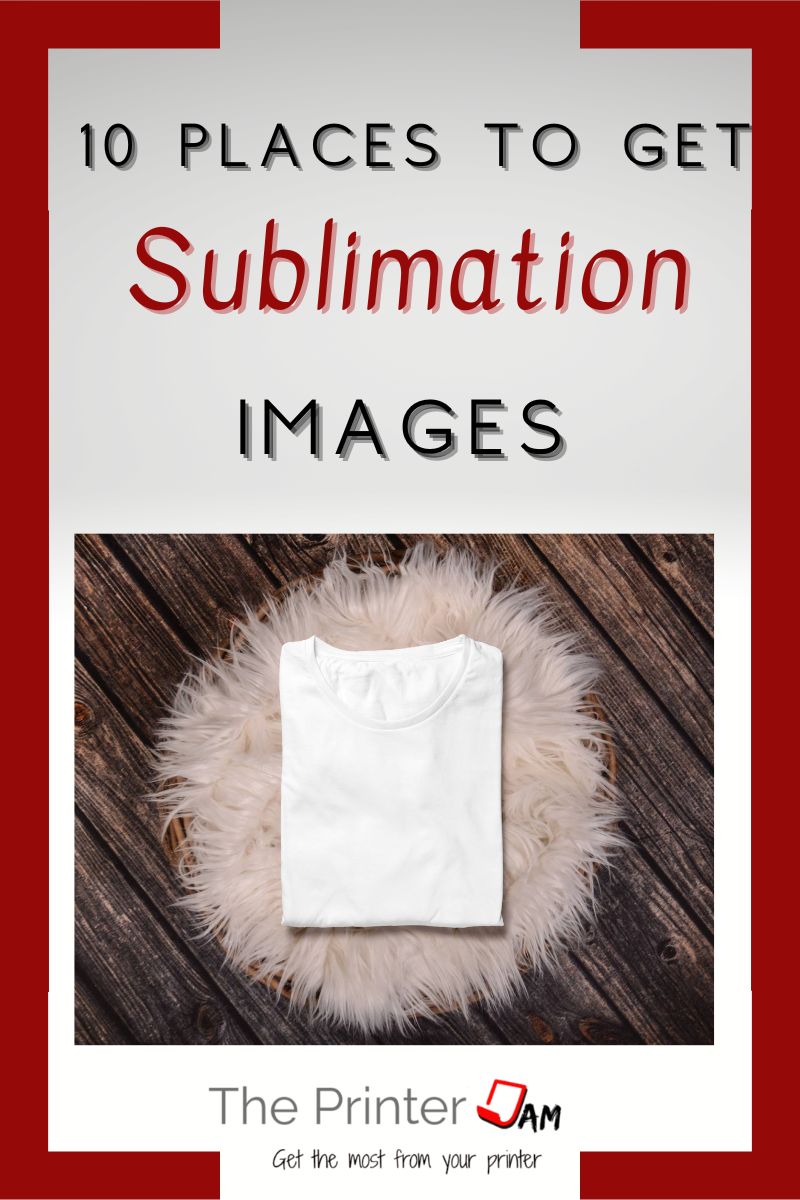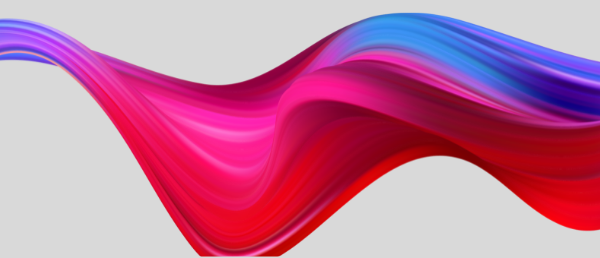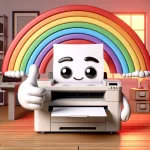If you do sublimation printing, then you’re probably interested in places to acquire images. You can always torque out your own images but there are a plethora of images available online. You should check out what’s obtainable online before investing time in making your own.
Getting images for sublimation involves downloading them from a website or creating them yourself with an app.
Finding images online is as simple as using a search engine and clicking the images tab. Whether you can use them for sublimation isn’t as straightforward. Public domain or royalty free images are fine to use. Other images are protected by copyrights. Meaning you need permission to use these images commercially.
Creative commons offers an assortment of licenses for sharing images. Many websites use these licenses so they can share images with you for free. These sites may ask you to create an account to use these images. While many images are free, better images usually require a small monthly subscription fee. In either case these images are fine for sublimation. Always read the terms and conditions of the site where you get your images.
Finding Free Images for Sublimation
While there are many websites luring you in with promises of free images, in my experience it’s truly hard to find usable free images from stock image sites.
If you happen to find a free image among the sea of paid ones, it’s generally not very good quality. Meaning, the free pictures or designs are basic. You get what you pay for.
To be fair, stock images sites are good for finding a lot of images. It’s just that you have to settle for their free offerings. Or pay for the better designs or photos. Either way you will probably want to enhance or modify whatever images you find.
Alternative Sources for Sublimation Images
Since you’re probably going to change or add to any stock image you find for sublimation. You should consider subscribing to design sites like Adobe Express or Canva. You can find and alter images at one source. As long as you have a Sawgrass printer you can do the same with Sawgrass Design Studio.
Both Canva and Adobe Express have millions of free and premium images. It seems the premium images available at creative design sites are geared more for sublimation type designs than the ones from stock photo sites.
In other words, while a stock photo site may have a few million more photos, you aren’t going to use a stock photo of a lawyer or a telephone pole for a t shirt. So a site with the most useful images is preferable over a site with an overall total. Access to 1,000 different patterns of stars when trying to find the perfect one to add to your tumbler is better.
Images Ready for Sublimation
If you want sublimation ready images here are a few websites to start with:
These sites are the best places since many of the images and designs they have can be printed as is on tumblers or t shirts. Design Bundles and Creative Fabrica have a weekly free bundles but most are paid bundles. You do get a lot for a few bucks.
If you’re looking for stock photos, illustrations, or other graphics for sublimation here are some websites to check out:
What you see is what you get from these sites. Royalty free images are marked as such. Many are free but better ones require a monthly subscription. You can print some images or designs as they are for sublimation. Then again, if you want to customize any images you need to download and import them into an app.
You can use apps such as GIMP, Adobe Illustrator, Inkscape, or Affinity Designer. Canva and Adobe Express also allow you to import images to be altered. you can change the stock images to suit your needs and finally print your designs for sublimation.
Image Formats for Sublimation
When it comes time to print, your printer prefers file types such as:
- TIFF
- GIF
- BMP
- JPG
- PNG
When you print your images, the preferred format for sublimation should be PDF or TIFF. These print ready files have the best results for sublimation. BMP and PNG are also good for printing photos or images you made on your computer. While these file formats are RGB only, most modern inkjet printers can convert them nicely to CMYK.
JGP and GIF are great for websites but terrible for printing. In my experience, most printers struggle with good print quality from those file formats. Since they aren’t the best quality I wouldn’t recommended using them for sublimation.
Depending on the program used to create your images, other formats are used. There are more file types but these are the most common:
- SVG
- PSD
- PS
- EPS
- AI
- INDD
- RNA
- ART
- DIB
These are acceptable formats for printing but again PDF or TIFF are preferred by inkjet printers. Almost any image you use is in a RGB color space. Although some apps let you work in CMYK color space. Any image you use for sublimation needs converted to CMYK. This is done by either your app or print driver.
In my experience, unless you’re doing spot colors you should let your print driver do the conversion. If the colors of your final product don’t match, you’ll usually have better results changing your ICM profile.
Summary
Here’s the list again:
- Adobe Express
- Canva
- Sawgrass Design Studio
- Design Bundles
- Creative Fabrica
- Istock Photo
- Adobe Stock Images
- Pixabay
- Stock Unlimited
- Deposit Photos
The first three are apps but they also have a deluge of images to use. You can find and edit images with these apps. Design Bundles and Creative Fabrica offer packages of sublimation print ready images at a low cost. Great for holidays, themes, events, or specific items for sublimation. The last five are stock image repositories. You’ll have to explore them to find images for your sublimation designs.
Finding images for your sublimation projects has a few methods. You can obtain stock images to use or alter to suit your needs. Or you can hunt around bundle sites to find designs that appeal to you. If you want easy bundle sites are a good choice. If you like to customize designs then stock image sites and an app of your choice can suit you well.
FAQ
You can make your own using GIMP, Canva, Adobe Express, or Inkscape. You can also download royalty free images from Pixabay, Unsplash, or Google creative common images for use.
Yes. Pixabay, Unsplash, Stock Unlimited, Deposit Photos, Istock Photo, or Adobe Stock Images to name a few.
Save it as a PNG or PDF. Print it to a sublimation printer. Transfer the image to an appropriate textile or rigid material with a heat press.

The Copier Guy, aka Dave. I’ve worked on scanners, printers, copiers, and faxes over 23 years. When I’m not fixing them I’m writing about them. Although, I’m probably better at fixing them. I’ve worked with every major brand. As well as several types of processes. If it uses paper I’ve probably worked on one.






